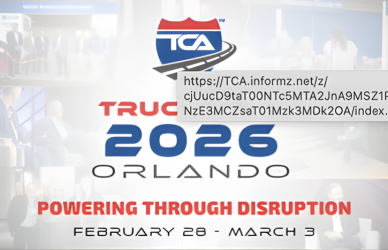A new proposal that would affect the transportation industry has emerged in the House of Representatives. The proposed bill would simplify the application process for workers seeking credentials managed by the Transportation Security Agency (TSA).
The “Transportation Security Screening Modernization Act,” introduced by Representatives Garret Graves (R-Louisiana) and Adam Smith (D-Washington), alongside bipartisan support from Representatives Mark Green (R-Tennessee), Michael Guest (R-Mississippi), Salud Carbajal (D-California), and Dina Titus (D-Nevada), aims to streamline and reduce redundant fees and background checks for applicants of various TSA-managed programs. Essentially, it would ease the credentialing process for TWIC and hazmat endorsements.
“I’ve heard from many transportation workers in my district who have had to spend a significant amount of time and money to keep their required credentials up to date,” Smith said. “The legislation we introduced would create a more streamlined application and renewal process, reducing unnecessary hurdles for transportation workers, a crucial workforce in our economy.”
It suggests allowing workers to use existing valid background checks across multiple TSA programs, eliminating the need for a new background check with each application.
Crucially, the bill maintains the same rigorous security assessments on individual applicants, ensuring the consistently high level of scrutiny present under current law, meaning that the proposed bill does not heighten security or safety risks. The primary focus is on modernizing the consumer-facing applicant process, easing the burden on transportation workers who must maintain multiple TSA credentials.
Receiving support from over 150 associations, including the American Trucking Associations and the Teamsters Union, the proposal addresses the concerns of various stakeholders. Notably, similar legislation was introduced in the House in 2022 but did not progress to a vote on the House floor. The renewed effort reflects the ongoing commitment to creating a more efficient and accessible credentialing system for transportation workers.
Source: Commercial Carrier Journal











